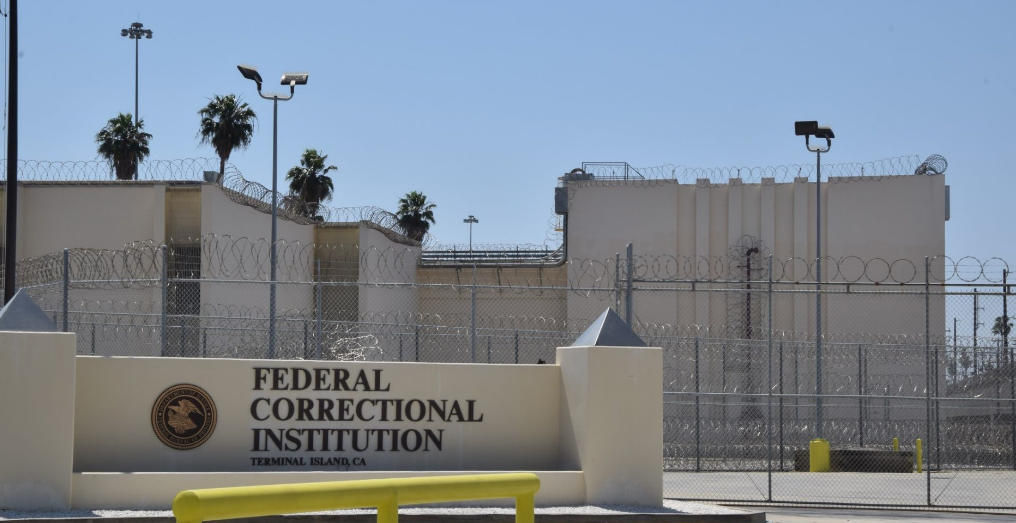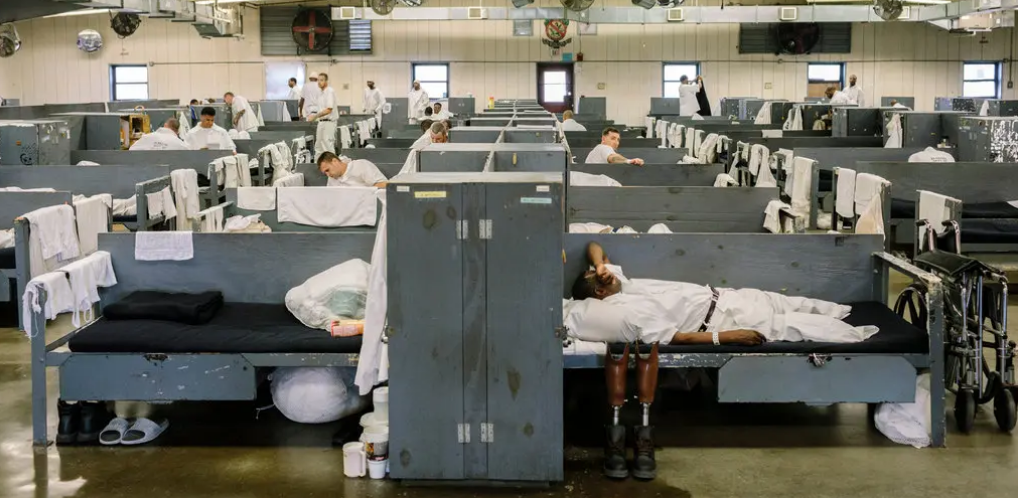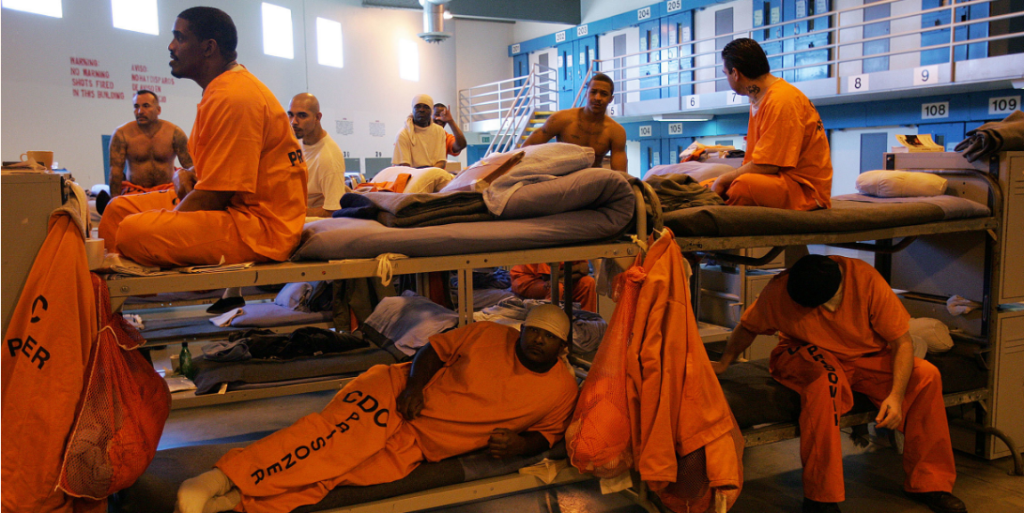Many citizens and Immigrants in the United States would often want to know the difference between Federal and State Prisons, though some of these individuals might have friends who have been to state prisons and Federal prisons, and who have narrated to them everything of how it is like to be in both prisons but it still remains confusing to differentiate between the two systems of incarceration. Therefore, let’s look at the key features that differentiate the two.
What is a Federal Prison?
Federal prison is operated under the jurisdiction of federal government and houses inmates convicted of breaking federal laws. Federal prisons are used for convicts who violated federal law (U.S., Mexico), inmates considered dangerous (Brazil), or those sentenced to longer terms of imprisonment (Canada). Not all federated countries have a legal concept of “federal prison”.
In United States, Federal prisons are under the jurisdiction of the Federal Bureau of Prisons (BOP), a subsidiary of the Department of Justice. If the crime the prisoner committed is federal, they will likely end up in federal prison. The exception is violent crimes, which are usually dealt with by state prisons.
The federal prison system was started with the Three Prisons Act of 1891. The law created the first three federal prisons at Leavenworth, Kansas, Atlanta, Georgia, and McNeil Island, Washington. State prisons are more numerous than federal prisons.
Federal prisons have three different classifications: low security, medium security and high security. Currently, there are 122 federal prisons throughout the United States that house more than 151,000 inmates.
In federal prisons they have classes of all sorts. They also offer the opportunity to learn a trade. They have apprenticeships that range from 2 years programs all the way up to 5 years Some of the choices include HVAC, electrical, plumbing, landscaping general carpentry, and licensed cosmetology.
Also Read: Difference Between Jail And Prison

Federal Correctional Institution Terminal Island, near Los Angeles. (Courthouse News photo / Martin Macias Jr.)
What Are Federal Crimes?
Federal crimes include crimes committed across state boarders and against government officials, institutions and agents.
There are fewer classes of federal crimes because, while state lawmakers can pass just about any law (subject to review by courts for constitutionality), federal lawmakers can pass laws only where there is some federal or national interest at stake. For example, counterfeiting U.S. currency is a federal offense because it is the federal government’s duty to print money.
In practice, federal interest is very broadly defined. The federal government has jurisdiction over the following crimes:
- Any crime that takes place on federal land or involves federal officers, such as a murder in a national forest or on an Indian reservation, a theft on a military base, or an assault against a Drug Enforcement Agency (DEA) agent.
- A crime involving fraud, deception, or misrepresentation on the federal government or one of its agencies, such as federal tax fraud, Medicaid fraud, or Small Business Administration loan fraud.
- A crime where the defendant crosses state lines, for example, a person who takes a kidnapping victim from Oregon to Nevada.
- A crime where the criminal conduct crosses state lines, for example, an internet fraud scheme that has victims and perpetrators in multiple states.
- Immigration and customs violations, as well as importing child pornography or international human trafficking.
Types of Federal Prisons
Minimum security
These prisons, sometimes called Federal Prison Camps (FPCs), have the lowest level of security and are used to house non-violent offenders with a relatively clean record. Some think FPCs resemble college campuses more than prisons since they offer little-to-no perimeter fencing and prisoners are housed in dorm-style units. FPCs typically offer work programs and classes to rehabilitate inmates, who are sometimes allowed to work off-site.
Low security
Low-security facilities still have a strong orientation toward inmate work programs, but they also have perimeter fencing and a higher staff-to-inmate ratio than FPCs. Some of these prisoners may have a history of violence, but they must have less than 20 years left on their sentence to be placed in a low-security facility.
Medium security
Medium-security federal correctional institutions (FCIs) are much more likely to have violent offenders as inmates. This is the security level that moves to cell-based housing, more rigorous treatment programs and perimeter fencing that often includes razor wire with electronic detection systems.
High security
High-security prisons are also called United States Penitentiaries (USPs). As you might imagine, they provide the highest level of security, where inmates are closely monitored by guards and cameras. USPs are surrounded by razor-wire fencing or walls, and most also have watch towers.
What is a State Prison?
A State Prison refers to a correctional facility that is operated and managed by a state government. These prisons are responsible for housing individuals who have been convicted of state crimes, which are offenses that violate state laws as opposed to federal laws.
State prisons serve as long-term confinement facilities for those sentenced to more extended periods of incarceration for felonies and serious offenses. These facilities are part of the state’s criminal justice system.
Each state has its own system of state prisons, and they vary in terms of size, security level, and the types of programs they offer to inmates. State prisons may be classified into different security levels, such as minimum, medium, and maximum security, depending on the level of threat posed by the inmates and the facility’s capacity to handle potential security risks.
State prisons are operated by the state’s Department of Corrections. There are currently more than 1 million inmates locked up in 1,566 state prisons throughout the United States.
Well, the most important thing to note is that State prisons are actually different from local jails, which are operated by county or city governments and are designed to hold individuals awaiting trial or serving short sentences for misdemeanor offenses.
State prisons are intended for more extended periods of incarceration for those convicted of serious crimes in the respective state’s court system.

St. Clair Correctional Facility is an Alabama state men’s prison located in St. Clair County. H-Dorm is currently the location of St. Clair’s “therapeutic community,” housing inmates with needs including substance abuse and mental health counseling. Photo Credit: William Widmer for The New York Times
What Are State Crimes?
State crimes are offenses that violate state laws. These violations are committed in a single state and are usually handled by the state police. State crimes encompass a number of offenses, including but not limited to:
- Murder and Manslaughter: Unlawfully causing the death of another person with varying degrees of intent or negligence.
- Assault and Battery: Intentionally causing physical harm or the threat of harm to another person.
- Theft and Robbery: Illegally taking or attempting to take someone else’s property, often involving force or threat.
- Drug Possession and Distribution: Unlawful possession, sale, or distribution of controlled substances.
- Burglary: Illegally entering someone’s property with the intent to commit a crime.
- Domestic Violence: Physically or emotionally abusive behavior toward family members or intimate partners.
- Fraud and White-collar Crimes: Engaging in deceptive practices or financial crimes for personal gain.
- Driving Under the Influence (DUI): Operating a vehicle while under the influence of alcohol or drugs.
- Kidnapping: Unlawfully abducting and holding someone against their will.
- Sexual Assault: Non-consensual sexual contact or activity.
Most state crimes are found in the state’s criminal or penal code. State lawmakers enact laws that create and penalize various offenses. The criminal statute defines what act is prohibited and the penalty for violating the law.
For instance, a state’s murder statute might provide something to the effect of “A person who intentionally kills another person without legal authority commits murder and may be punished by up to life in prison.”
Federal vs State Prison: Key Differences

Pelican Bay State Prison in California, Photo Credit: Pixabay
- Federal prison is where people who have committed federal crimes or have been accused of violating federal laws are incarcerated. Also, federal prisons incarcerate people charged with white collar crimes such as money laundering, racketeering and fraud.
- State Prison is where people who have violated or have been accused of violating state laws are incarcerated.
- Persons incarcerated in federal prisons can be sent to any other federal prison in the country, whereas, persons incarcerated in state prisons serve their entire sentence in the state where they are convicted.
- Federal prison systems are managed by the Federal Bureau of Prisons which is a federal law enforcement agency under department of justice. State prisons are managed by state authorities.
- Federal Prisons are funded by the federal government and hence they get bigger budgets. These prisons have better services, facilities, food and training programs. State prisons are funded by tax money generated by the state and therefore, poor management of state prison system is common. Thus why, they have inadequate rehabilitation programs for inmates.
- Federal prisons are few in number than state prisons. There are currently 122 federal prisons whereas the number of state prisons is 1719.
- Federal prison sentences tend to be longer than state prison sentences. Many federal charges have mandatory minimum sentence lengths for convicted persons, sometimes, though not always longer than state-mandated penalties for similar type of crime.
- Federal prisons have relatively high security levels than state prisons. Though majority of both federal and state prisons are isolated from the surrounding cities and are enclosed by high walls, electrified fences, barbed wire and heavily armed guards.
- State prisons have a high number of inmates when compared to federal prisons.
Also Read: Difference Between State And Government
Federal Prison vs State Prison: Key Takeaway
| Basis of Comparison | Federal Prison | State Prison |
| What they do | Federal prison is where people who have committed federal crimes or have been accused of violating federal laws are incarcerated. | State Prison is where people who have violated or have been accused of violating state laws are incarcerated. |
| Management | Managed by the Federal Bureau of Prisons which is a federal law enforcement agency under department of justice. | Managed by State Authorities. |
| Quality of Management | These prisons have better services, facilities, food and adequate rehabilitation programs. | They have inadequate rehabilitation programs for inmates. |
| Number of Prisons | Fewer in number (122 in number). | Many in number (1719 in number). |
| Movement of Prisoners | Persons incarcerated in federal prisons can be sent to any other federal prison in the country. | Persons incarcerated in state prisons serve their entire sentence in the state where they are convicted. |
| Length of Sentence | Federal prison sentences tend to be longer. | Sentence can be longer or shorter. |
| Security | Relatively High Security. | Relatively high security but not as federal prisons. |
| Perception | Perceived to be safer. | Perceived to be less safe. |
| Numbers of Inmates | Has few numbers of inmates when compared to State prisons. | Have many inmates when compared to federal prison. |
| Color of Uniform | All federal prisons have the same color of inmate’s uniforms. | State prisons have different color of inmate’s uniform. Each state prison has its own inmate uniform colors. |
Also Read: Difference Between Bloods And Crips
Similarities Between Federal Prison And State Prison
- In both levels, when an inmate dies, the prison chaplain informs the next of kin for possible burial arrangement.
- At both State and the federal prison the level of security is almost the same.
- Both are funded by tax money.
- There are separate facilities for men and women at both levels.
- Both provide services such as counseling and drug addiction treatment for inmates who need them.
- The main function of both levels is rehabilitation.
- Both federal and state prisons have different custody levels for convicted persons of different levels of crime. For example in New York, more dangerous and violent inmates are placed in maximum security cells whereas non-violent inmates are subjected to rehabilitation in minimum security cells.
- Both are built nearly the same. They have high walls, electrified fences and armed guards.
Also Read: Difference Between Ethnicity And Racism
